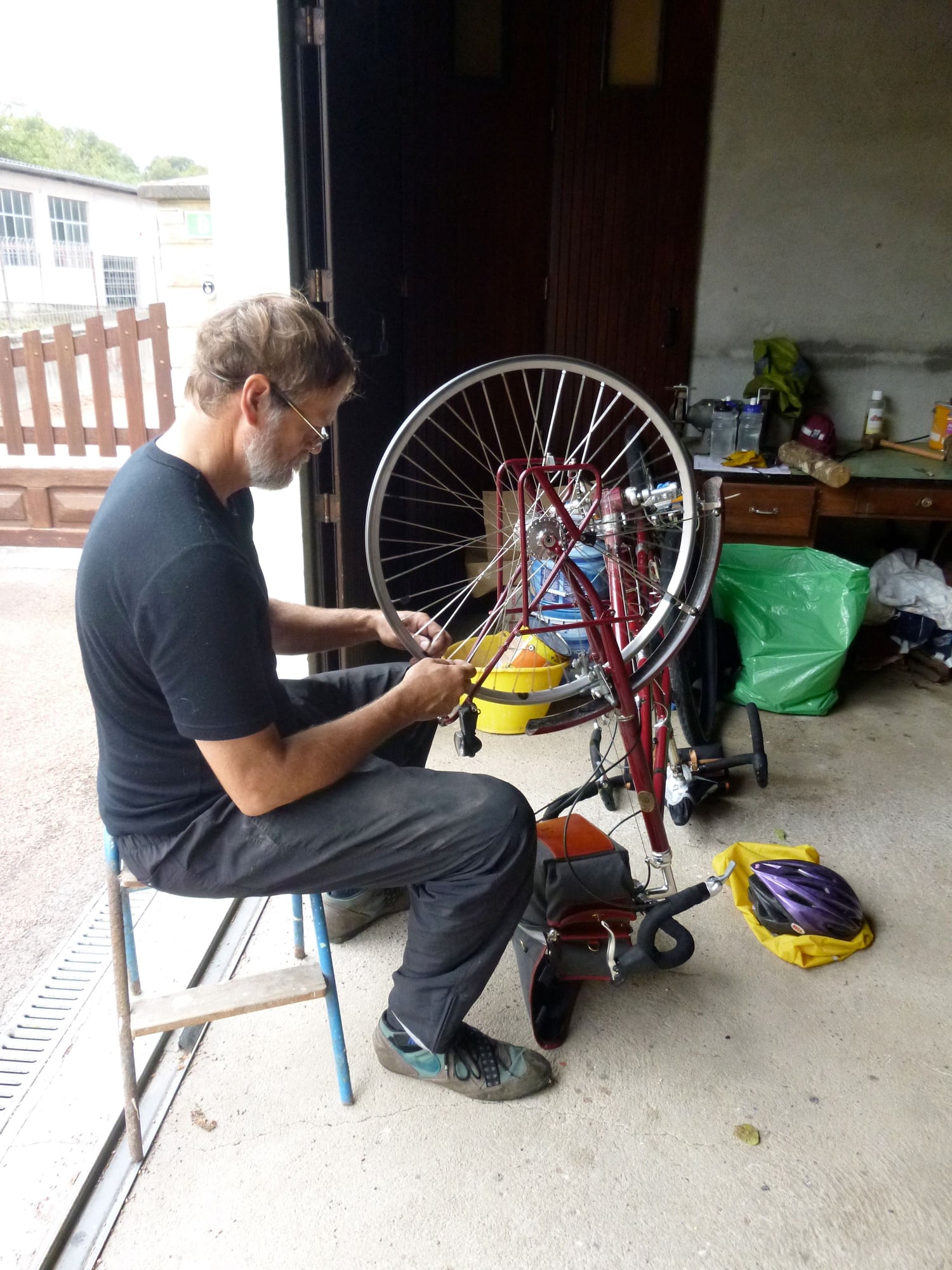Originally Posted by
Tourist in MSN
If you could isolate your hub from the fork conductivity (piece of plastic or some other electric insulator) is it possible to manually hold the wires from a light to the hub while you spin the hub by hand to see if a light will work? Tail light takes less power, that would be a better test because when you spin it by hand you do not spin it very fast. Or multimeter, but a taillight would provide more certainty on whether or not it would work.
Normally you would not want to put a taillight directly wired to a hub because the taillight lacks overvoltage protection. But spinning it by hand will not cause enough voltage to be a problem.
Regarding your question, disassembly, I assume you mean the hub and not the wheel. If it truly is the hub that is not producing power, I would be very surprised if you could make a repair without needing proprietary parts.
If your question was disassembly of the wheel, did you mean take the wheel apart so you can install a new hub?
If you want to put a new hub in the wheel since you have new spokes and new rim, it would take hours to learn how to build up a wheel but if you have mechanical skills, it is possible. You need a good spoke wrench of the right size.
https://www.sheldonbrown.com/wheelbuild.html
I have been building my own wheels for decades. I do not have a tension meter, I try to get my spokes tight enough that when I squeeze a couple spokes together if feels similar to another wheel. I use my frame or fork with rim brake pads as a truing stand, I pull the wheel out and put it back in the other way frequently while tightening up spokes to avoid having a dished wheel.
Or, have you tried to contact Schmidt directly, tell that you bought the hub in USA, it should still be under warranty but you are half way across the globe now and need help.
Let's see where to begin.....
I do mean disassembly of the hub itself to go inside and see where the bits went wrong... I vaguely recall a post somewhere where this was done by an amateur like me.
I love build wheels and think my first was back when I was youngin about 17 years old using a wheel building book/pamphlet by a fellow in Santa Cruz California. It's lots of fun and everyone should give it a go. I re-laced and trued the current wheel under investigation using the front fork, brake pads, rubber bands and a pencil to true. Your advice to build your own is excellent!
I wrote Schmidt yesterday in slight frustration with local support. I'll report on that when I hear back.
Insulating.... I initially did put bits of cut up
Polyethylene in the dropouts to isolate the positive side of the hub and test it with a VOLTMETER which (I am assuming is better than a light. There was no voltage present.
Is there an issue with using a working VOM on the 20V scale?
